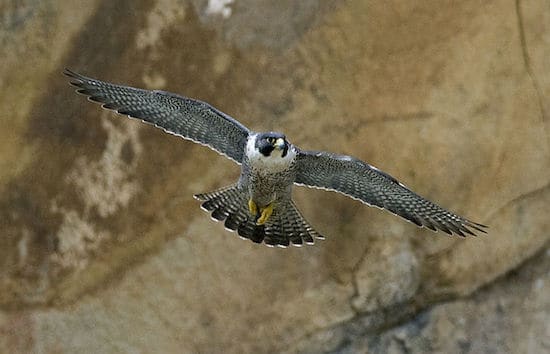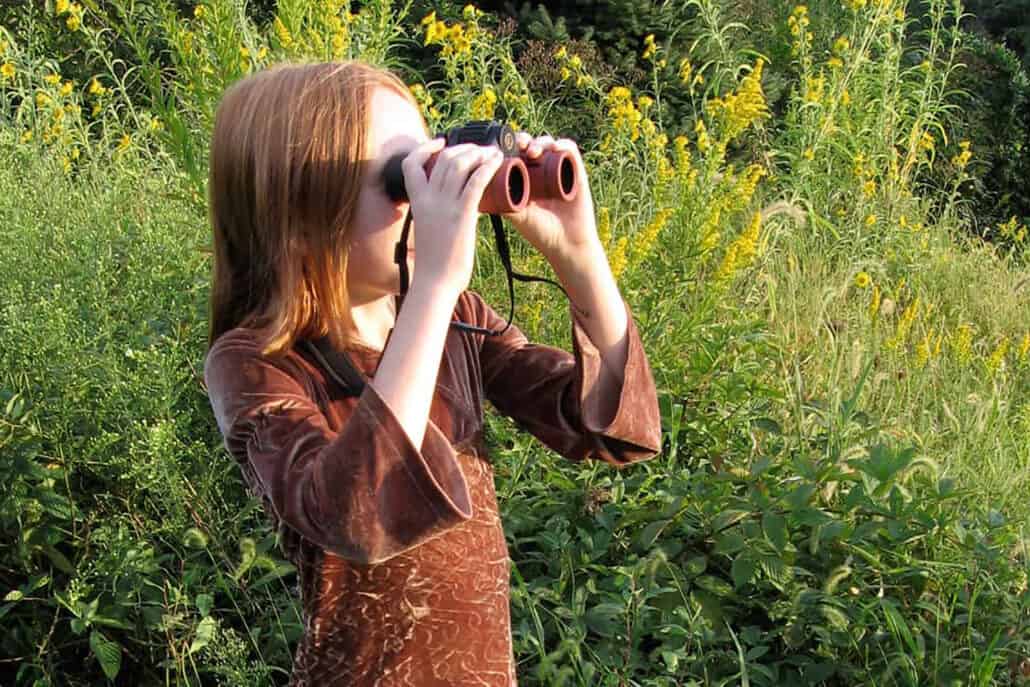Fall Birds of North Carolina (September, October, November)
Everyone welcomes the first cool breezes of September, especially after a hot southern summer, but few do so with more exuberance than birders. They know what those refreshing winds mean—birds, birds, birds—neotropical migrants heading south for the winter and bringing with them some of the biggest identification challenges of the entire birding year.
Traveling mostly at night, often over the ocean, small landbirds come upon North Carolina’s Outer Banks at dawn and almost literally “fall out” of the sky to rest and feed there until they are strong enough to resume their journeys. Birders who frequent the woods and thickets of the barrier islands describe these fallouts as spectacular in their variety and density. There are not many places on the entire East Coast that offer a better window on migration than the coastal islands of the Tarheel State in September and October.
Inland birders do not enjoy this kind of abundance, but there is enough spillover into the piedmont and mountain counties to make the first six weeks of fall a birding bonanza in those places, as well. Tennessee warblers lead the way and are quickly followed by dozens of other species: warblers, vireos, flycatchers and more, all fattening for the long flights still ahead. Daily visits to the same small area will reveal to even a casual birder the astonishing variety of species that come through here at this season.
Shorebird migration, which began in midsummer, continues into September and even early October, depending on location. Here again the coastal area is the place to be, but as was true in July and August, inland birders may discover shorebird surprises in marshes, pastures, and wet fields, especially after sudden rains.
Early fall brings swirls of tree swallows along the coast of North Carolina, with some flocks numbering many thousands and filling the air like confetti. When they rest for the night they can weigh down the branches of trees and blanket acres of shrubs. To be caught in the midst of one of these manic flocks is to feel for a fleeting moment what it might have been like to witness the legendary sun-blocking migration of passenger pigeons a century and a half before. Tree swallow migrations often coincide with the movements of monarch butterflies, and the two species sometimes mingle along Atlantic beaches to the delight of butterfliers and birders alike.
By the third week of September hawk watchers begin to gather at mountain lookouts to welcome the first kettles of broad-winged hawks moving south. As broad-winged numbers peak near the end of the month, other hawks of many species appear singly or in waves in a movement that will continue at least through October. Hawk migration can also be viewed along the coast, where birders thrill to the sight of a peregrine catching its dinner from the middle of a teeming flock of shorebirds.
By early October northern species that will spend the winter here begin to arrive. Birders call each other with the news: the first junco, the first whitethroat, and the first kinglets. Soon the first pine siskins and purple finches will eclipse these finds. In birding, there’s always something exciting around the bend. When November comes it will be fox sparrows or rusty blackbirds.
Waterfowl migration is well underway by late October and from that point until spring, coastal waters and inland lakes will shelter many thousands of ducks, geese, and swans escaping the frozen regions farther north. Snow geese and tundra swans especially are present here in great profusion, with their largest numbers being concentrated at Lake Mattamuskeet, just north of Swan Quarter. On the ocean, rafts of sea ducks are visible from many points along the shore.
Ruby-throated hummingbirds are generally gone from North Carolina by early October, but hummingbird fanciers do not take their feeders down at that time, because the hummer season does not end, it merely changes. Research during the past two decades has shown that some western hummingbirds, representing many different species, fly east in fall instead of south, ending up in the Carolinas or the Gulf states instead of Mexico and Central America. These hummers, once thought to be strays, off-course and doomed to die, are now known to be coming this way deliberately, well-prepared to spend the winter here. And banding records now prove that many of these little birds return year after year to the same backyard!
More than 50 percent of these wintering westerners are rufous hummingbirds, many of them immatures. Others include Calliope, black-chinned, broad-billed, broad-tailed and Anna’s hummingbirds, along with green violet-ear and green-breasted mango. Even more have been reported in South Carolina and other nearby states, so the list of possibilities is huge. These visitors are rare and few people will be lucky enough to attract one, but all are urged to maintain their nectar feeders throughout the winter months, just in case. And if you do attract one, be sure to report it so that it can be properly documented.
For people who provide seeds and suet at backyard feeding stations, autumn means a pickup of activity. Chickadees and titmice are quick to return after a short summer hiatus. Downy woodpeckers, nuthatches, and various sparrows are usually with them. And though many birds, like goldfinches, really prefer natural foods and thus flock to weedy fields and hedgerows to partake of autumn’s bounty, they will quickly turn to human handouts when the natural supply begins to run low. An early frost or light snow — not unusual in the mountain counties, not impossible elsewhere — will also bring the birds flocking to your sunflower supplies. As the thermometer falls the number of feeder visitors will usually rise in inverse proportion. It’s time to stock up for the winter season!




